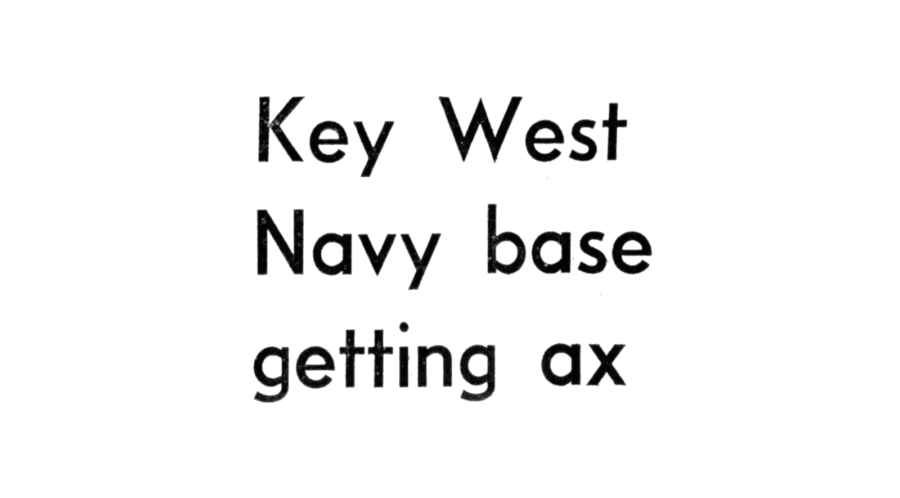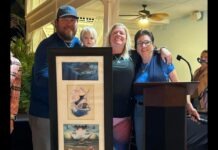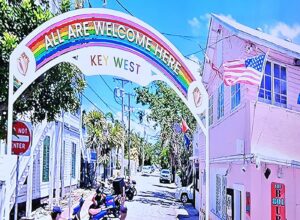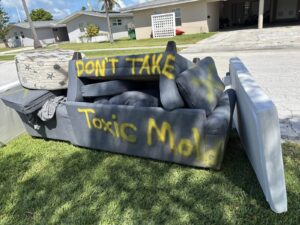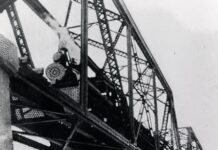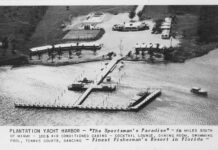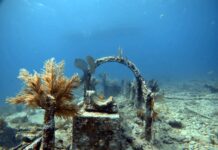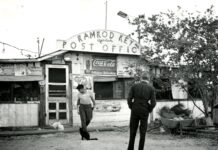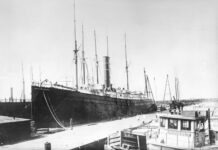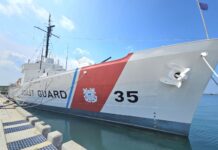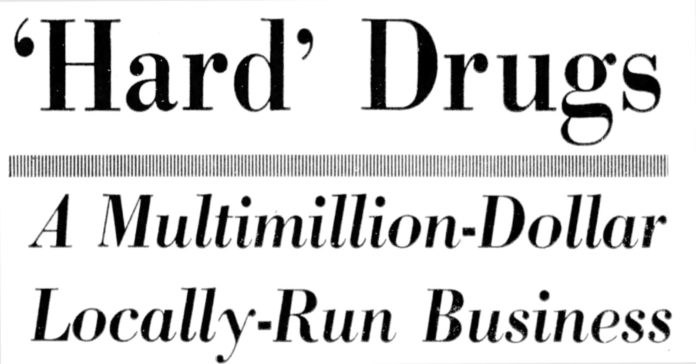
Key West Fire Chief Joseph “Bum” Farto disappeared on Feb. 16, 1976, while awaiting sentencing for a drug trafficking conviction stemming from Operation Conch – a sting operation that found Farto allegedly selling cocaine from the city’s fire station. Bum became the Jimmy Hoffa of Key West, and the island has swirled with rumors of his fate since he disappeared. David Sloan and Quincy Perkins have launched an unparalleled investigation into Chief Farto’s life, legends and disappearance in an attempt to find the truth. Each week they will share elements of their research here in the Keys Weekly while working to solve one of the greatest mysteries in the history of Key West. Share your Bum Farto tips and stories at www.findbumfarto.com.
A popular bumper sticker calls Key West a drinking town with a fishing problem. It’s good for a laugh today, but the fishermen weren’t laughing in 1969, when conservation agents from the Department of Natural Resources boarded their boats with machine guns and seized the shrimpers’ bounties of “pink gold.” The Tortuga Shrimp Grounds that fueled Key West’s economy were permanently closed. It was the beginning of a perfect storm.
Drugs were not an issue in Key West before the Tortuga Shrimp Wars erupted. A local newspaper reported kids sniffing glue in 1968, but in 1969 there was “furor over marijuana,” with over 100 possession arrests by April 8 of that year. The Island City’s first heroin arrest occurred on Apr. 20, 1970, and cocaine wasn’t far behind. Key West was changing, and the drug trade helped usher in a new era for the island.
Hard drugs became a major industry in Key West. In 1972, the sale of heroin alone brought in an estimated $4.2 million ($26.3 million value in 2020 dollars). Santo Trafficante Jr. and the Tampa Mafia already controlled the local bolita rackets, and it was suspected they had a hand in heroin distribution routes as well. On Oct. 11, 1972, a Miami Herald article by Stan Windhorn reported, “A man highly placed in law enforcement concedes there is strong evidence that bolita money finances hard drug operations here. ‘Proving it,’ he says wryly, ‘is another matter.’“
In October 1973, the U.S. Navy decommissioned the submarine USS Amberjack, thus leaving the Key West Naval Station without a single ship. The station was formally disestablished the following year and the local economy took another hit. Many fishermen still made a living harvesting lobster, but once the Bahamians gained independence from the United Kingdom in 1973, Bahamians implemented strict and far-reaching regulations on the crawfish. The fishermen were again devastated. For a second time, these men who made a living on the ocean were held hostage by new rules as their boats were seized with force by low-caliber officials carrying high-caliber guns.
So what are fishermen to do in a profession that regulators have turned into a crime when their boats sit empty and their families are hungry? In Key West, they survive.
A fleet of shrimp boats designed to handle large cargos on long journeys sat idle at local docks. A new drug culture swept the country at the same time, and Americans developed an insatiable appetite for Colombian products such as marijuana, methaqualone and cocaine. Key West was America’s closest entry port to Colombia, and the U.S. Naval Base closure left shipping channels between the two locations largely unpatrolled.
The Miami Herald reported, “Major dealers bear the names of some of the oldest Key West families. The only outsiders are street corner and restroom pushers who sell drugs to finance their own habits and occupy the lowest rung of the dope-dealing ladder.” The purity of local cocaine neared 100%, and some high-profile residents became part of the island’s new trafficking industry as the Florida Keys became a pipeline fueling America’s appetite for drugs.
It was a perfect storm, and it helped define a decade. But it wasn’t the only one. Another storm was brewing on the horizon, and this one was going to sting.
